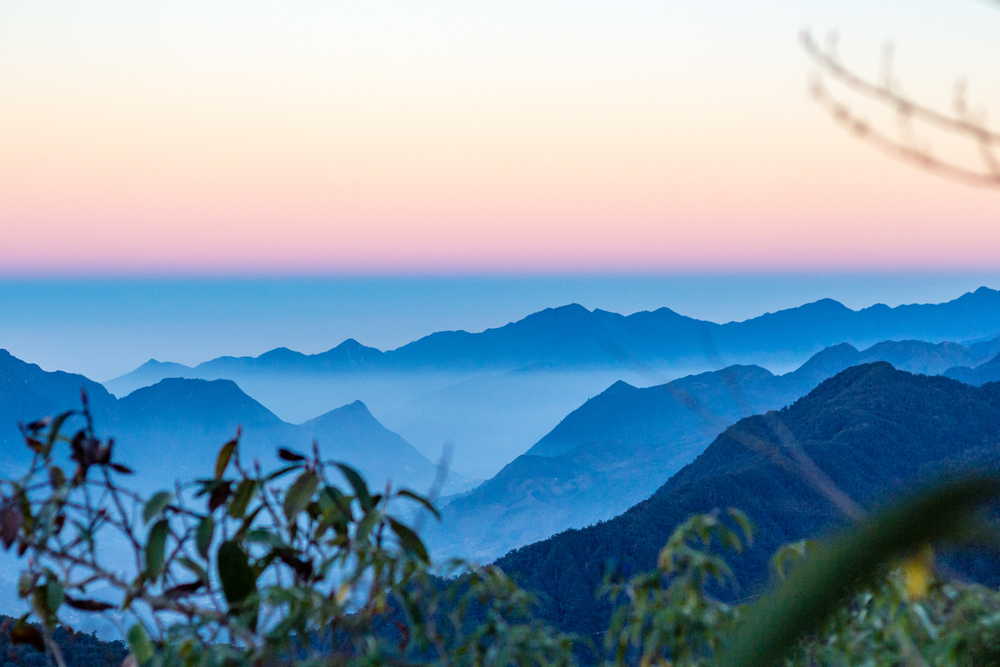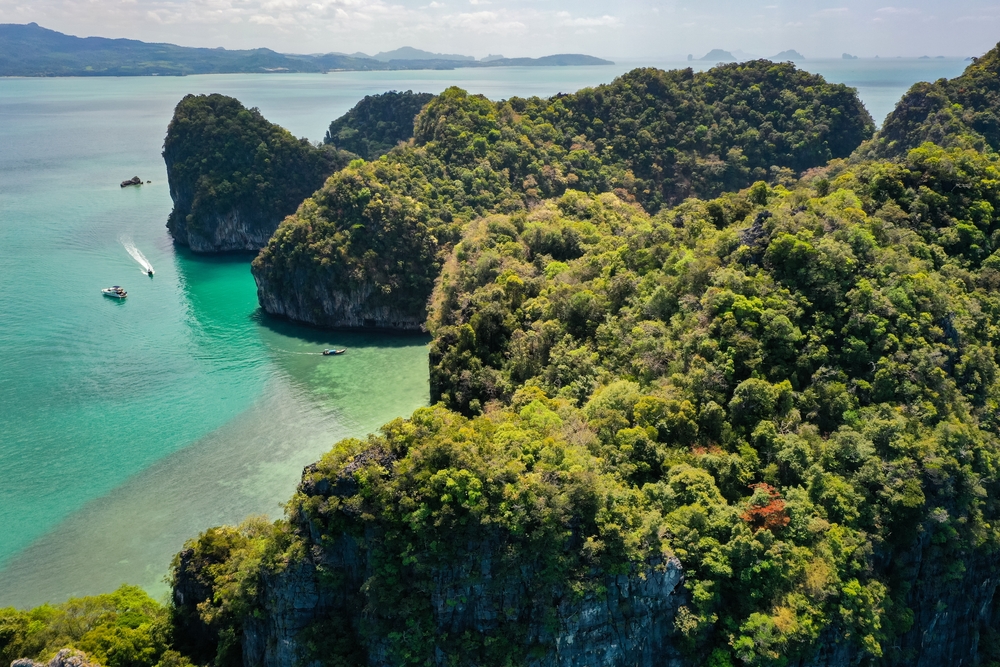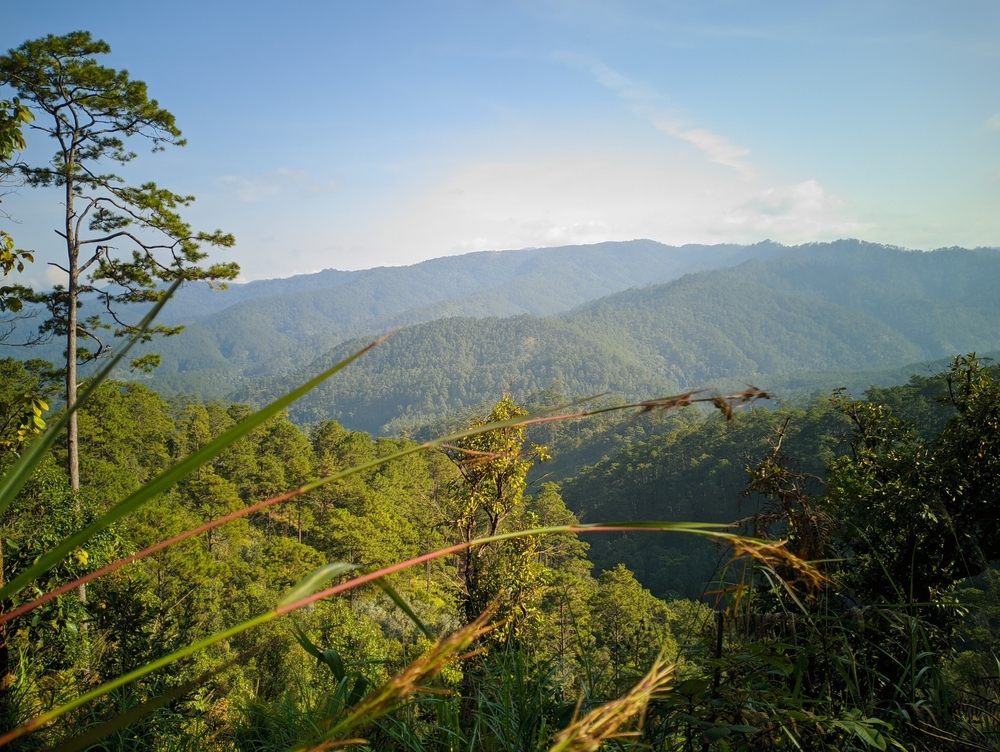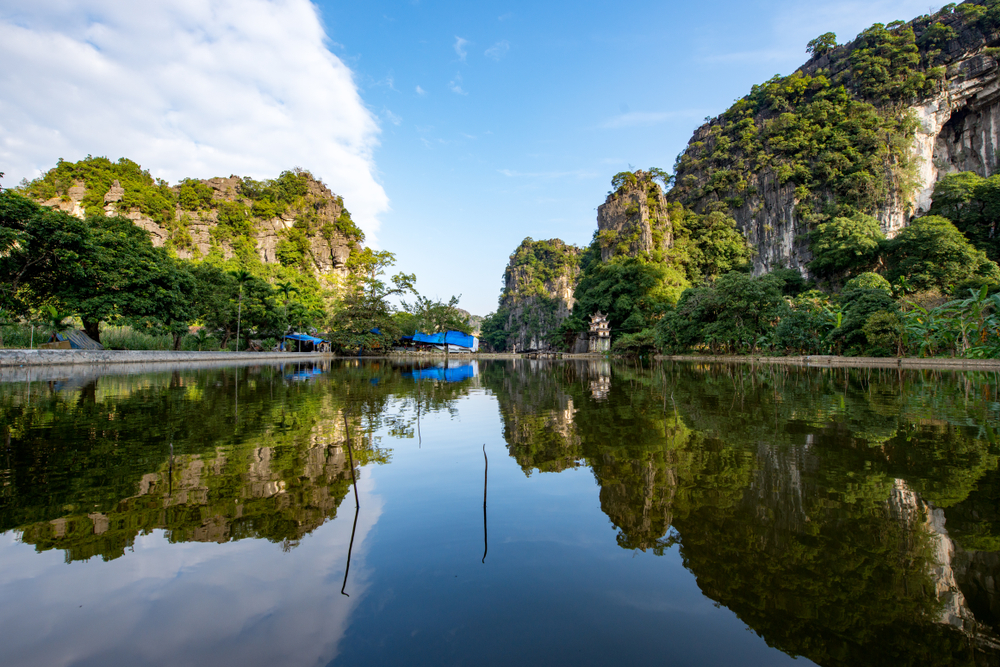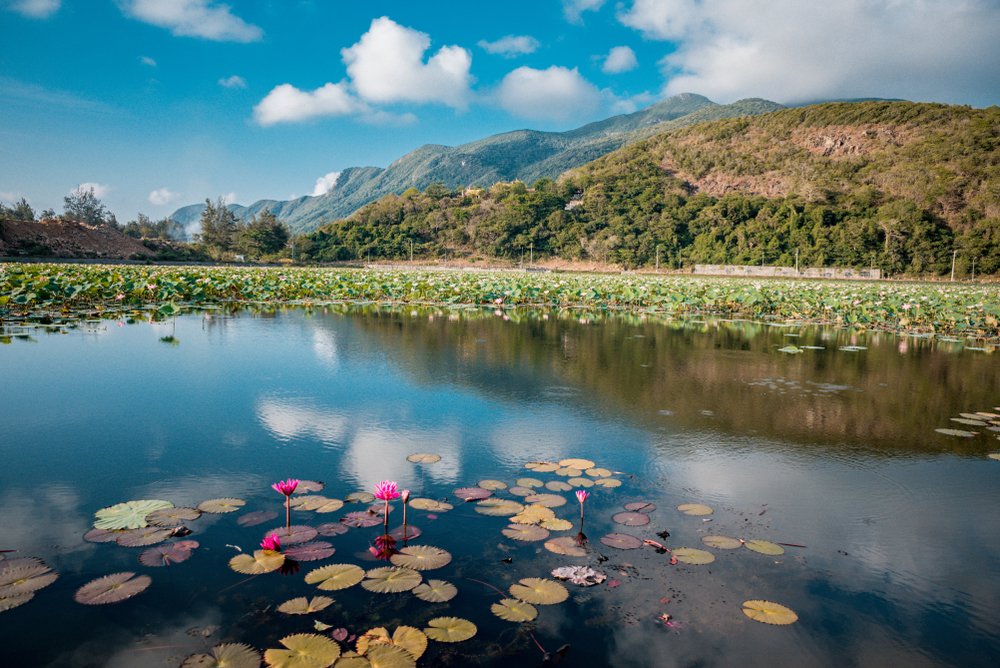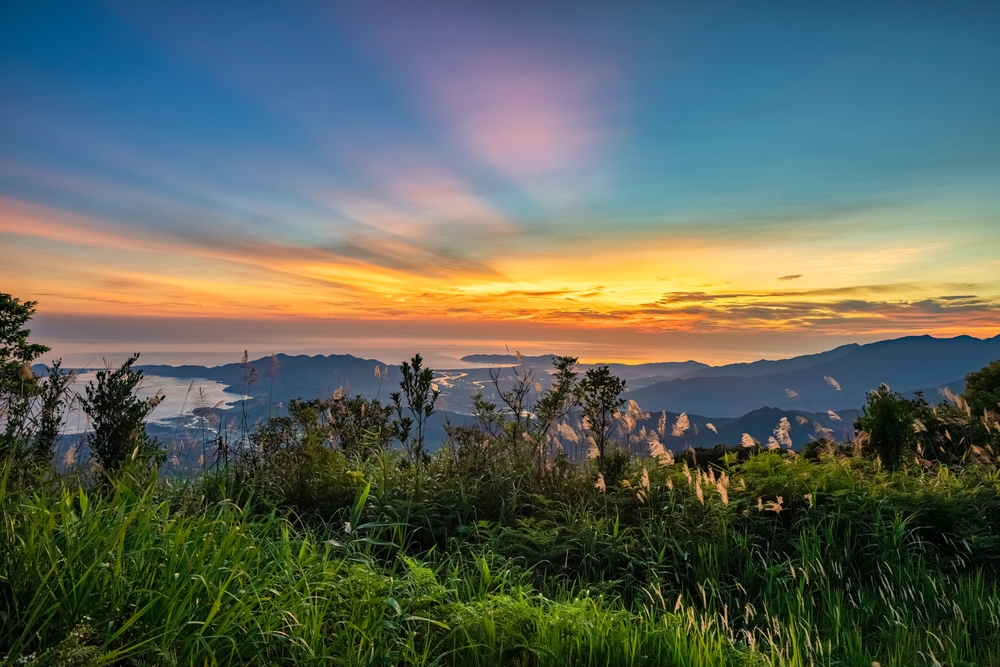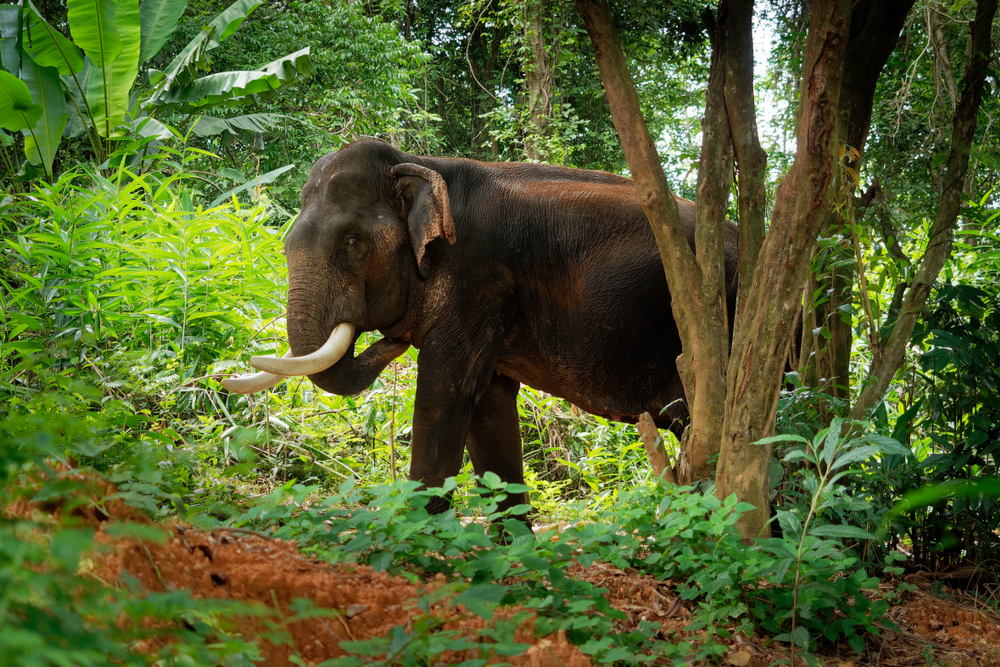Hoàng Liên Overview
Hoàng Liên National Park, located in the Lào Cai Province of northern Vietnam, spans an area of approximately 118 square miles (300 square kilometers). Nestled in the Hoàng Liên Son Mountain Range, this park is home to some of the country’s most breathtaking landscapes, including the towering Fansipan Mountain, often referred to as the “Roof of Indochina,” which rises to an impressive 10,312 feet (3,143 meters). The park’s elevation varies dramatically, creating a rich mosaic of ecosystems and stunning natural beauty.
The terrain of Hoàng Liên National Park is a harmonious blend of rugged mountains, deep valleys, and dense forests. The area is known for its rich biodiversity, with lush evergreen forests dominating the lower altitudes and montane forests taking over as the elevation increases. Ancient trees, including those of the Fagaceae and Lauraceae families, form a dense canopy that supports a vibrant understory of ferns, orchids, and mosses. The park is also home to cascading waterfalls such as Love Waterfall, a popular attraction with visitors drawn to its serene beauty and mystical legend.
Wildlife enthusiasts will find Hoàng Liên National Park a treasure trove of biodiversity. The park serves as a habitat for a wide array of mammals, including the rare Asiatic black bear, the mainland serow, and the clouded leopard. Birdwatchers flock here for the chance to see endemic and rare species such as the golden-throated barbet, white-browed tit-warbler, and the elusive white-winged magpie. Amphibians, reptiles, and an abundance of insects add to the region’s ecological richness, making it an essential area for conservation in Vietnam.
A key feature of the park is the presence of ethnic minority communities, including the Hmong and Dao people, who have lived in harmony with the forest for generations. Visitors often engage with these communities to learn about their cultures and traditions. Trekking is one of the most popular activities in Hoàng Liên National Park, with well-maintained trails leading adventurers through forests, across rivers, and up challenging peaks such as Fansipan. Birdwatching tours and guided nature walks are also common, offering insights into the park’s biodiversity. Additionally, the nearby town of Sa Pa provides a convenient base for visitors, offering a mix of cultural exploration and natural adventure.
Conservation efforts in Hoàng Liên National Park have been met with both successes and challenges. The park faces threats from illegal logging, poaching, and the impacts of climate change. However, proactive measures, including increased patrolling, biodiversity monitoring, and community-based conservation programs, have yielded positive results. Partnerships between local communities, government agencies, and international organizations are helping to ensure the park’s unique ecosystems and wildlife are preserved for future generations.








































































